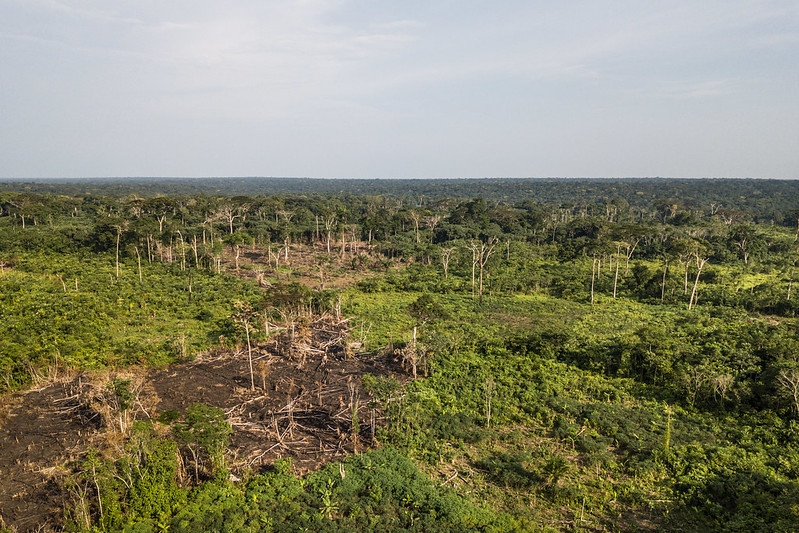
Growing food is still by far the primary source of destruction
The main reason why people cut down forests today is to raise cattle for beef or to plant crops like soybeans, oil palm, and coffee. The reality is that it’s often easier or cheaper to clear a chunk of virgin rainforest for farmland than to use land that’s already been cleared of trees.
In the Brazilian Amazon, as much as 90 percent of all deforestation is linked to cattle ranching. Often, ranchers or companies will first cut down high-value trees and sell them as timber. Then they’ll burn or clear the remaining vegetation before planting grass and bringing in cattle.
Elsewhere, other food commodities are flattening forests. In Bolivia, for example, Mennonite communities have replaced a lot of natural forest with soybean farms. In 2019 alone, soy farms destroyed nearly 50,000 hectares of forest, according to a separate WRI analysis. (Ironically, a successful effort to eliminate soy-related deforestation in Brazil — namely, a 2006 moratorium that prohibited grain traders from buying soy grown on land that was recently forest — may have fueled a spike in soy-related forest loss in Bolivia, where there are fewer forest protections in place.)
Much of Bolivia’s forest was also burned by fires last year, WRI said. Those fires weren’t purely natural disasters; many of them were set by people to clear land and then grew out of control due, in part, to drought in the region. (Another unfortunate irony: Deforestation can make droughts worse, so destroying forests fuels a dangerous feedback cycle.)
The story is a bit different in tropical Africa, where deforestation occurs in smaller patches and is closely tied to poverty. Many people in DRC, for instance, cut down trees for wood fuel and to plant small farms to feed themselves. Industrial farming isn’t a big issue, as it is in South America and Southeast Asia, according to Paolo Omar Cerutti, a forest scientist at the Center for International Forestry Research, a research group.
Yet in some other African countries, including Ghana, farms of cocoa (the plant used to make chocolate) and oil palm, mining, and cattle ranching are linked to recent destruction, even within protected areas.



















